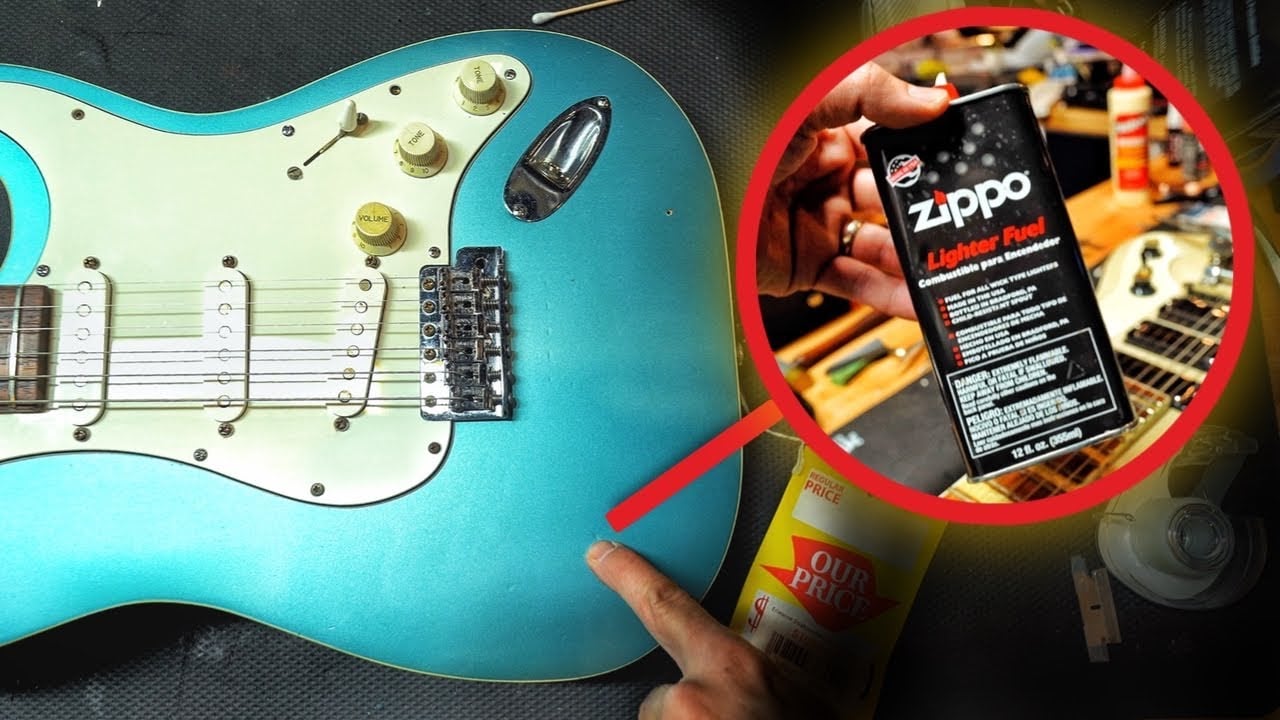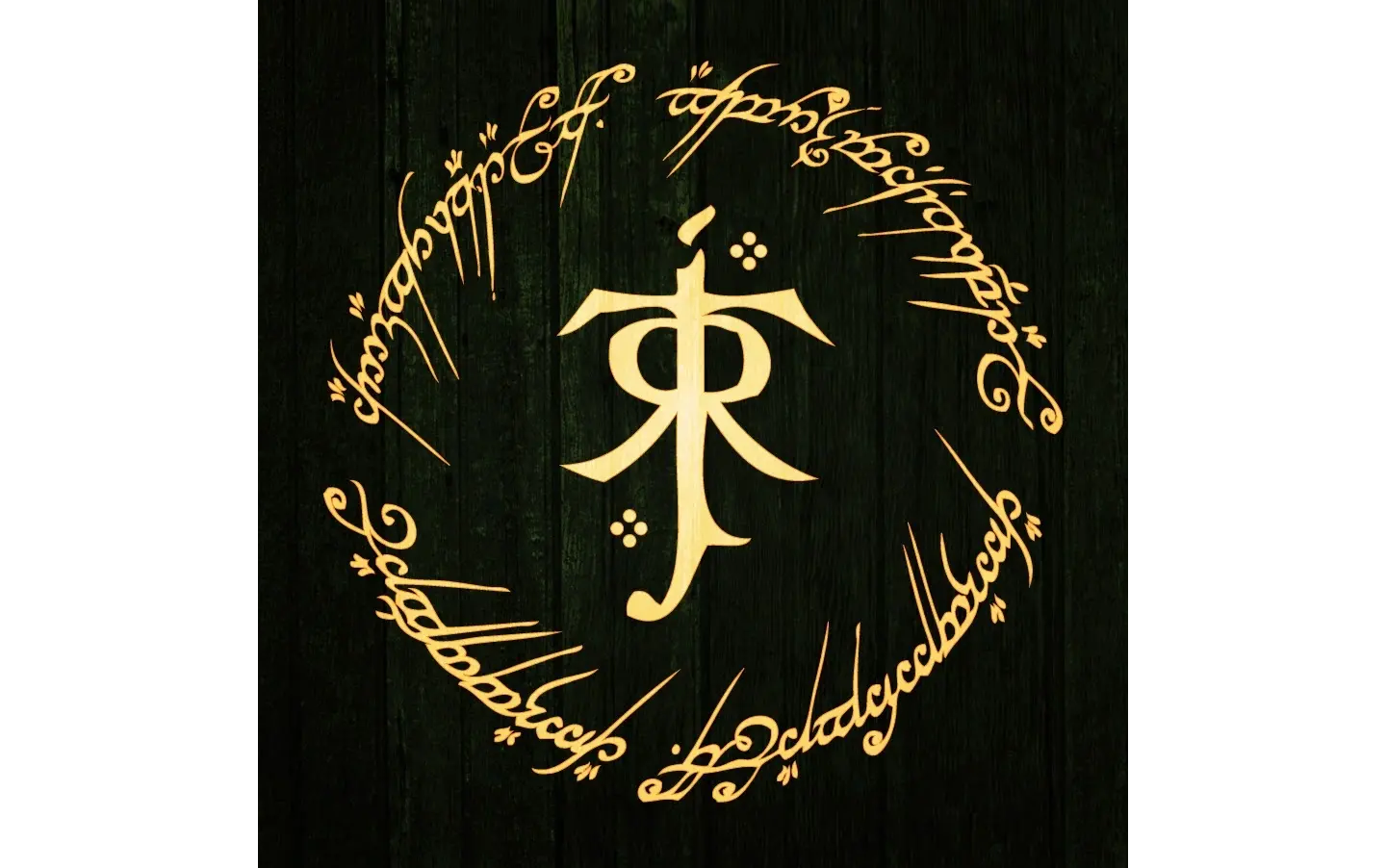sNoooKer
- 5 Posts
- 12 Comments

 2·10 months ago
2·10 months agoSo excited!

 3·10 months ago
3·10 months agoLooks beautiful!
Sounds promising :) Hope you can get rid of the buzzing. Thanks for the reply. Enjoy your guitar!
Very nice! I’ve actually also ordered one (surf green), arriving this week. So excited! A bit worried about the intonation though. How is it on yours?

 2·1 year ago
2·1 year agoAwesome, have fun!

 4·1 year ago
4·1 year agoLooks very cool! Is it nice to play?
I also have pretty small hands. It gets easier when you have the right thumb position (even for easy chords like D, to make chord changes faster) and build up some strength and dexterity (exercises in the link below).
This is really good read: https://guitaristnextdoor.com/how-to-play-guitar-with-small-hands/
It also goes into gear stuff (scale length, thin and narrow neck, low action, lighter string guage, etc). Don’t know what you have, but I would definitely recommend starting with an electric instead of an acoustic, unless you really only want to play acoustic or don’t want to pay for an electric. It’s a lot easier if you don’t have naturally strong hands imo
It’s not mentioned in the article, and you’re in early days, but when you get into bar chords I recommend “strength training” on the guitar. Trying to hold the Fm chord (on the first fret) as long as you can, several times, with rests in between. But of course be careful, don’t hurt yourself
Beautiful, enjoy!
Awesome ❤️ I got inspired and just became a patron too! Indeed, thanks for all the great work folks 🙏🏻








Thank you for your summary. I hope it doesn’t discourage too many people from watching the video though, as I have to say I respectfully disagree with most of your assessments:
The point of the video is to provide small, composable and easy to remember chunks. Not “giant” I would argue, as in the CAGED and 3nps visualization systems.
I totally agree that interval shapes are super useful, indeed I use them myself all the time and definitely something I recommend learning. But even Tom Quayle himself says that the intervallic system is a complement to other systems, eg. CAGED - not a replacement. Having different layers of abstraction to work with depending on what you’re playing makes a lot of sense to me.
This depends on the genre one plays I think. In jazz / fusion, which I’m interested in, they are very important. Having said that, the Ionian mode (major scale) and Aeolian mode (natural minor scale), and how all these relate to eachother and the pentatonic scales on the fretboard should be useful to virtually everyone. This is a big topic of the video too.
Lastly I’ll add that the video is rather short (sub 8 min) even though it packs lots of (in my opinion) useful info, so it’s not “TL” to me at least.
Hope you’re having a good day!